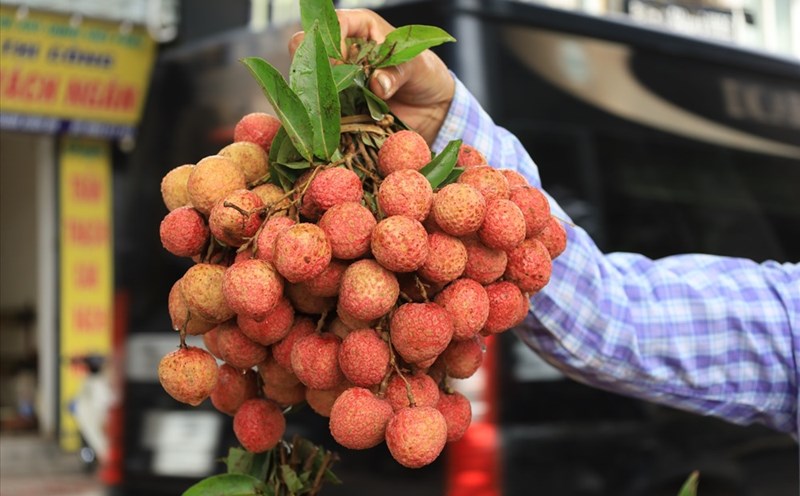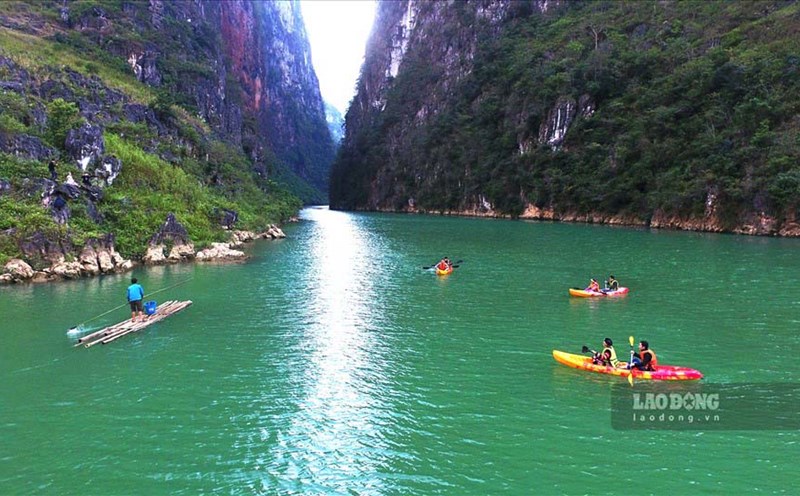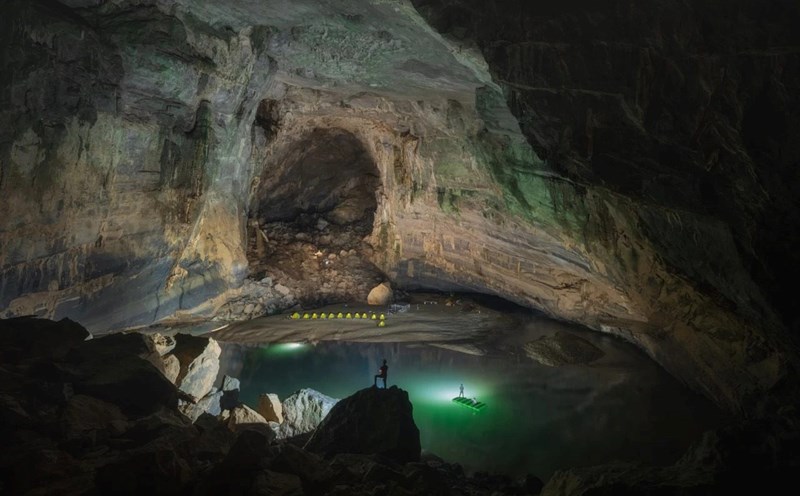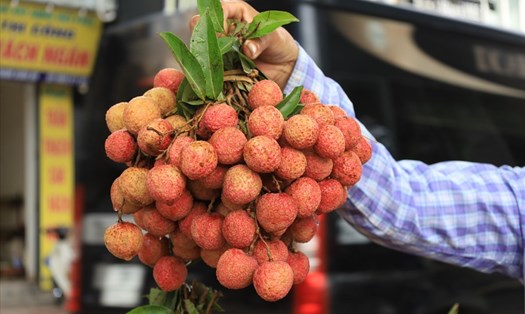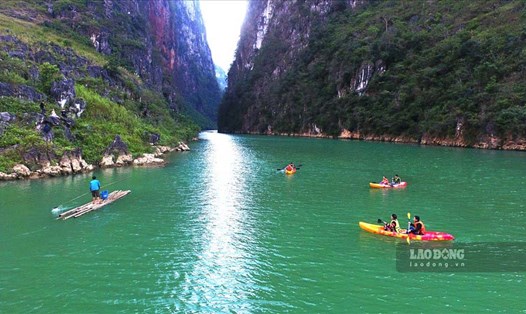Diversifying tourism potential
According to Resolution No. 60-NQ/TW, dated 12.4.2025 The 11th Conference of the XIII Party Central Committee, Can Tho City will merge with Soc Trang and Hau Giang province. The new city is named Can Tho City, the Political - Administrative Center is located in Can Tho City today. This will be the central urban area of the Mekong Delta region to play a leading role in economics, politics, culture and society. In particular, tourism promises to be one of the industries capable of strong breakthrough after the merger.
Soc Trang is a coastal province with the unique cultural identity of the Kinh - Khmer - Hoa community. The province has great potential for spiritual tourism with more than 200 places of worship, including 93 Khmer Buddhist pagodas. Eco-tourism destinations such as Tran De mangrove forest, Cu Lao Dung, Hau riverside gardens and a series of unique festivals such as Ooc Om Boc, Nghinh Ong, Thac Con, Phuoc Bien and traditional craft villages ( side dishes, knitting...) contribute to creating the unique tourism identity of the locality.

Can Tho city is located in the center of the Mekong Delta. This is also a tourist center with diverse types such as ecology, rivers, and famous attractions such as Hung Kings Temple, Ninh Kieu Wharf, Cai Rang Floating Market, Binh Thuy Communal House and eco-tourism villages.
Hau Giang province is located in the Mekong Delta, the capital of vast fruit gardens and diverse nature. Outstanding destinations include Nga Bay Floating Market, Lung Ngoc Hoang Reserve, bird's nest Forest, Vi Thuy Bamboo Village...
Strengthening connectivity and expanding tourism space
After the merger, the new Can Tho city will have an area of 6,360.83 km2 and a population of more than 4 million people, becoming the economic, political, cultural and social locomotive of the Mekong Delta. The road traffic system has been significantly improved with National Highway 1A, Nam Song Hau, Phung Hiep Management Road, National Highway 61, 61B and especially the Chau Doc - Can Tho - Soc Trang expressway project expected to be completed in 2026, helping to conveniently connect tourist destinations.
In particular, the new Can Tho City will own more than 2/3 of the length of the Hau River over the total length of the river flowing through our country, creating an ideal river route for tourism development with a chain of islets and islets stretching out to the sea such as Tan Loc Islet, Con Son Islet, Con Au Islet, Phong Nam Islet, My Phuoc Islet and Cu Lao Dung Islet. Planning a suitable tourism space for each island and islet will create unique products, avoiding overlap.
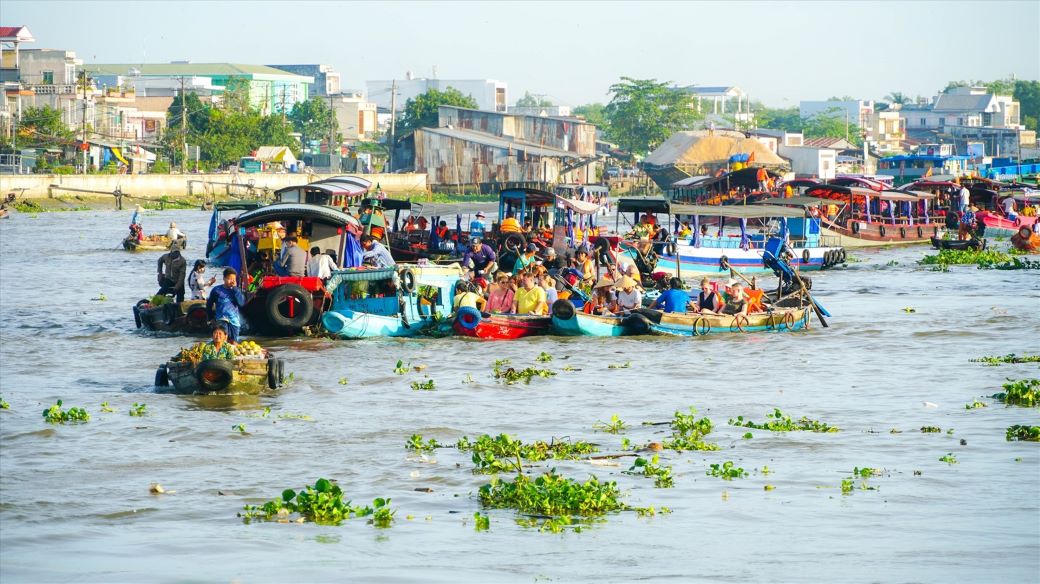
The merger of 3 localities will help expand the space for tourism development, no longer being limited to each individual locality, helping tourists have many options.
Tourists can easily experience the journey from Ninh Kieu Wharf, Cai Rang Floating Market (Can Tho) to ecological gardens (Hau Giang) and continue to explore spiritual and marine ecotourism in Vinh Chau, Cu Lao Dung, Tran De (Soc Trang). This not only prolongs the length of stay and enjoyment of cuisine but also increases tourism revenue.
In particular, tourists only need to go to Can Tho City to experience all types and typical tourism products of the Mekong Delta, increasing tourism competitiveness compared to other provinces in the region.

